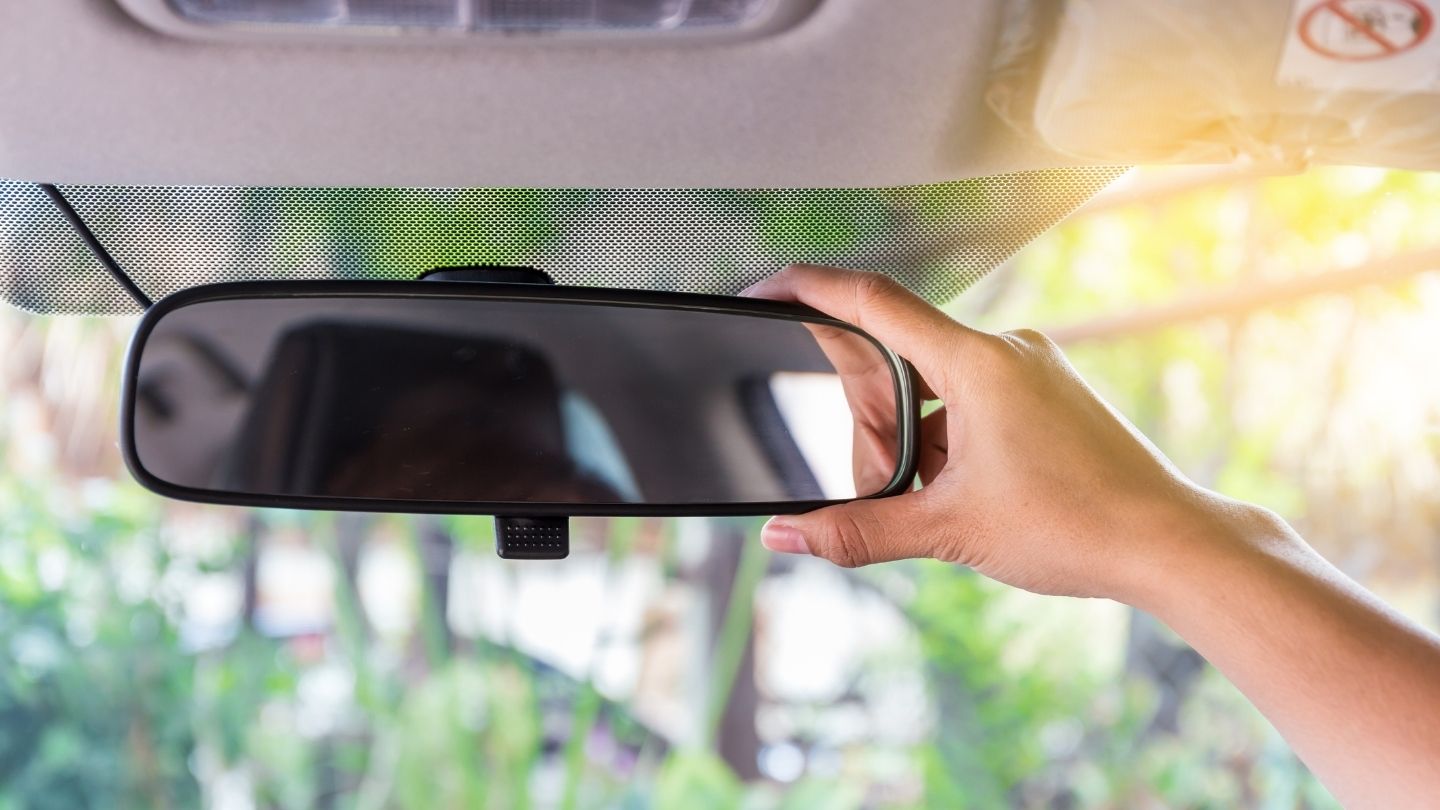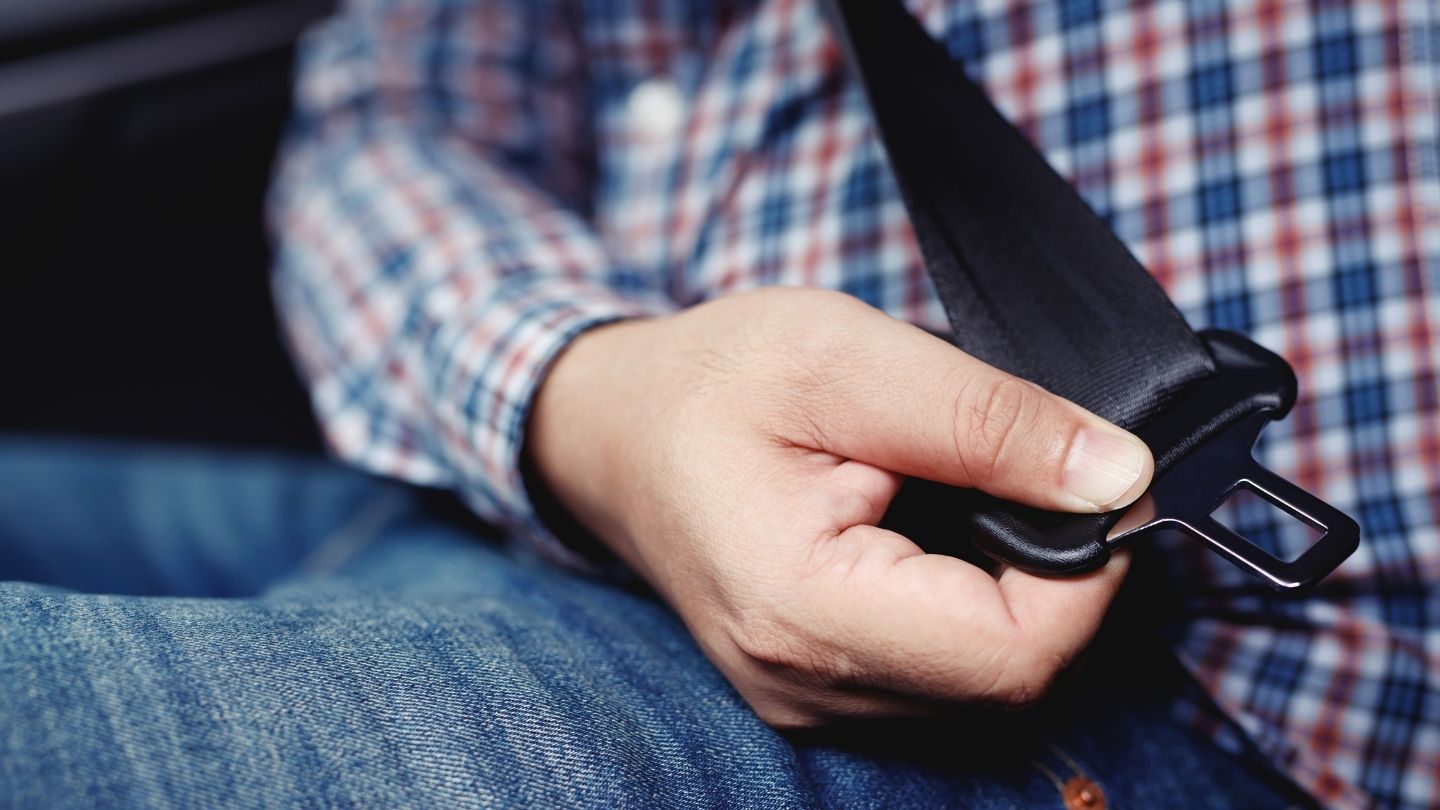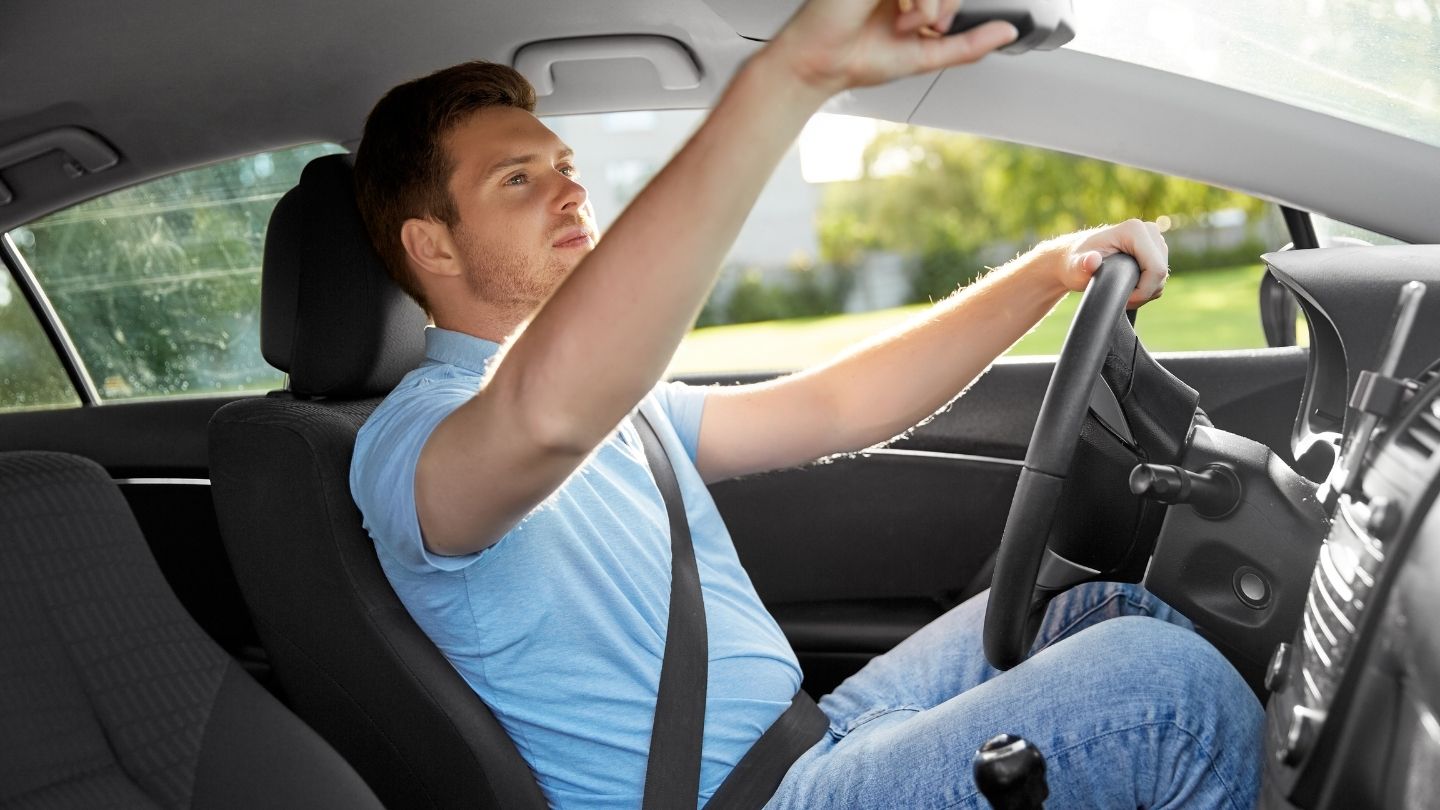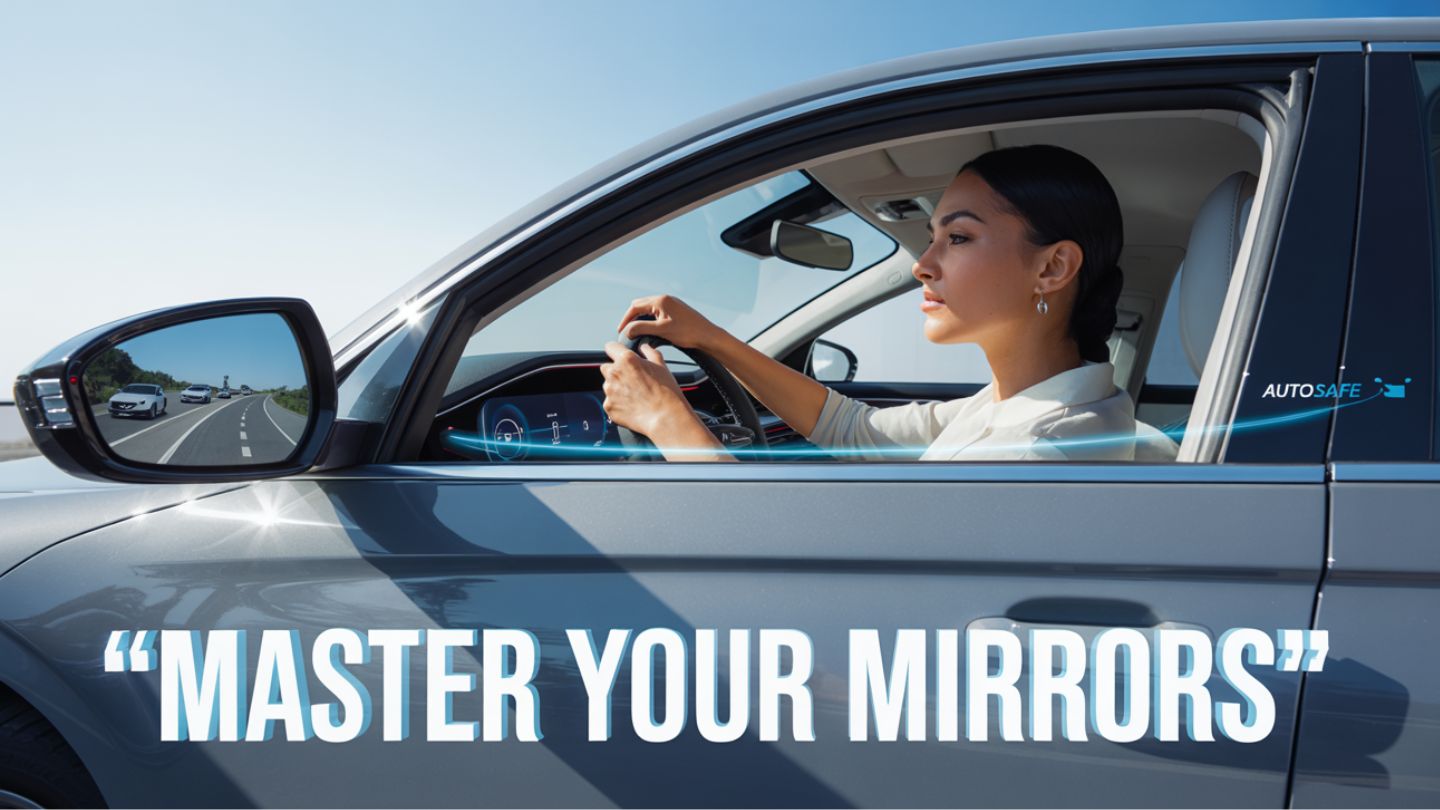Driving with clear visibility is one of the most important aspects of road safety. Correctly adjusted mirrors can significantly reduce blind spots and improve your ability to react to surrounding traffic. Small adjustments can make a big difference in your confidence behind the wheel. Understanding the correct mirror setup ensures a safer driving experience for you and others. In this blog, we will share expert tips to help you position and use your car mirrors effectively.
Key Takeaways
- Properly adjusted mirrors significantly enhance visibility and reduce blind spots, crucial for driving safety.
- Regularly check and adjust your mirrors for optimal positioning, especially when sharing a vehicle with different drivers.
- Effective mirror usage, including frequent scanning and head checks, is vital for making informed driving decisions and ensuring safety on the road.
Importance of Properly Adjusted Car Mirrors

Properly positioned mirrors significantly reduce blind spots, enabling drivers to monitor surrounding traffic more effectively. Blind spots can cover nearly half of the area surrounding a vehicle, making proper mirror adjustment crucial for safety. Misaligned side mirrors may lead drivers to only see their own vehicle instead of the lanes beside them, which can result in larger blind spots and increase the risk of collisions. This is a major blind spot that drivers must address.
All three mirrors, when used correctly, create a comprehensive visual field around the vehicle, greatly reducing collision risk. Key points about car mirrors include:
- Adjusted car mirrors enhance the driver’s field of vision.
- They help drivers see approaching vehicles.
- They assist in making informed driving decisions.
- Regularly checking mirrors is important for safety.
- Using mirrors properly reduces collision risk.
Positioning car mirrors correctly helps eliminate blind spots, enhancing overall safety. While adjusted car mirrors reduce blind spots, they don’t eliminate them entirely. Therefore, using all three mirrors with other safety measures ensures maximum visibility on the road.
Setting Your Rear View Mirror

Correctly adjusting the rearview mirror is crucial for maintaining visibility and reducing blind spots. The rearview mirror should cover the entire rear window with minimal head movement. Before making any adjustments, make sure you are seated in your regular driving position.
Regular mirror adjustments ensure a clear view of your surroundings. Check your rearview mirror every 5-8 seconds while driving to stay aware of your environment. For taller drivers, flipping the rearview mirror upside down can provide optimal visibility.
Properly adjusting your rearview mirror enhances your ability to monitor traffic behind you and make safer driving decisions. Remember, a well-adjusted rearview mirror is your first line of defense against rear-end collisions and other potential hazards on the road. Additionally, using rear-view mirrors can further improve your awareness of the surroundings.
Adjusting Side View Mirrors

Correctly setting your side view mirrors is essential for minimizing blind spots and ensuring maximum visibility of adjacent lanes. Start by adjusting the driver’s side mirror:
- Lean toward the mirror until you see the rear of your car.
- Adjust the mirror to enhance your road view and minimize blind spots.
- Ensure you only see a sliver of your vehicle in the mirror to achieve this.
Next, adjust the passenger side mirror:
- Lean toward the vehicle’s center.
- Adjust the mirror similarly to the driver’s side for optimal visibility.
- Ensure the horizon appears level and adjust vertically to achieve this perspective.
- Use electronic controls on modern cars to adjust mirrors; they often have directional buttons.
- For manual mirrors in older cars, physically push the mirror into the desired middle position.
Properly adjusted side view mirrors provide a clear image of adjacent lanes, helping you safely change lanes and monitor traffic. Regularly recheck your mirrors and make adjustments as needed to maintain optimal visibility and safety.
Fine-Tuning Mirror Angles for Different Drivers
When sharing a vehicle with other drivers, it is important to:
- Regularly recheck and adjust the mirror positions to ensure optimal visibility from the passenger’s perspective.
- Adjust the mirrors based on each driver’s height and seating position to minimize blind spots.
- Adjust mirrors after each driver uses the vehicle to enhance visibility and safety.
One effective method for fine-tuning mirror angles is the ‘BGE’ method (Blindspot and Glare Elimination). This method involves adjusting the mirrors to minimize blind spots and reduce glare from headlights and lights, providing better visibility for drivers of different heights and seating positions. Utilizing the ‘BGE’ method helps drivers achieve optimal mirror settings and enhances their overall driving experience.
Proper mirror adjustments are not a one-time task. Regularly rechecking and fine-tuning mirror angles significantly improves visibility and safety on the road.
Additional Safety Measures During Mirror Adjustment

To ensure accurate mirror adjustments:
- Set the seat height properly and ensure you can comfortably reach the brake pedal while maintaining clear visibility.
- Make mirror adjustments after ensuring that the seat and steering wheel are correctly positioned.
- Adjust the steering wheel to enhance the driver’s comfort and maintain control over vehicle operations.
Belt buckling before mirror adjustment maintains the same body position as during driving, allowing for accurate alignment. Other safety measures like seat position and steering wheel adjustments should be considered alongside adjusting car mirrors for optimal visibility, including the driver’s seat. When you sit in the driver’s seat, it’s crucial to ensure everything is properly positioned and adjusted. Before making final adjustments, remember that completing an online driver’s ed course in Texas can help reinforce mirror positioning skills alongside other essential defensive driving techniques.
Encourage drivers to check mirror angles before driving to maintain the best possible view of their surroundings. By taking these additional safety measures, such as completing online driver’s ED, drivers can ensure their mirrors are accurately adjusted and maintain maximum visibility while driving, enhancing their overall driver safety on the road.
Using Mirrors Effectively While Driving
Using mirrors effectively while driving is crucial for maintaining awareness of your surroundings and making informed decisions. It is important to scan your mirrors frequently, ideally within every five to eight seconds while driving. Regularly glance at your side mirrors to monitor traffic conditions over your shoulder.
Adjust your mirrors so a passing car vanishes from the rearview mirror while becoming visible in the side-view mirror. This practice helps you keep track of vehicles in adjacent lanes and reduces the risk of collisions, so you don’t forget to check your car’s mirrors regularly.
Merging onto Highways
When merging onto highways, follow these steps:
- Use your side mirror to check for vehicles in the lane you intend to merge into.
- Indicate your intention to merge.
- Check the side mirror on the side you plan to merge into.
This ensures maximum visibility and helps you avoid collisions with vehicles already in the lane.
Check your side mirror for vehicles in the lane you intend to merge into before making your move. This practice is crucial for maintaining safety and preventing accidents while merging onto busy highways.
General Driving Practices
In general driving practices:
- Physically turn your head and check blind spots, even with well-adjusted mirrors.
- Before changing lanes, check the rearview mirror for following cars.
- Glance over your shoulder to ensure no vehicles are in your blind spot.
Teen drivers’ ed and adult drivers’ ed are essential for learning these skills effectively.
As you finish merging, keep checking your rearview mirror. Also, check your side mirrors to stay aware of your surroundings. A common misconception about adjusting side view mirrors is that aligning the edge with the car’s side reflects what is shown in the rearview mirror. Instead, cars should transition from rearview to side-view mirrors when assessing your surroundings. Building strong habits, such as consistent mirror checks and blind spot awareness, is a critical part of seat belt safety in Texas, ensuring drivers stay protected and prepared in every situation.
Always glance over your shoulder as a key safety action while driving. This practice, combined with proper mirror usage, ensures maximum visibility and reduces accident risk. Being mindful of common driving mistakes, such as failing to check blind spots, can further enhance safety. Always watch your surroundings, as you may barely notice potential hazards. A quick flip of your head can help in this regard.
Parking and Maneuvering
All three mirrors are crucial for successfully maneuvering the vehicle into a parking space. Adjust mirrors to show a portion of the vehicle for better awareness of surrounding traffic. Utilize your mirrors to gauge your vehicle’s distance from obstacles while reversing.
Using your side mirrors can greatly reduce the risk of hitting obstacles when reversing into a parking space. By properly adjusting and using your mirrors, you can enhance your parking and maneuvering skills, making these tasks safer and more efficient.
Adjusting Mirrors in Different Vehicles

Adjusting mirrors in different vehicles is crucial to ensure safe driving, regardless of your travel distance. Each vehicle may have different mirror settings, so recheck and adjust the mirrors before driving someone else’s car.
By taking the time to adjust car mirrors in different vehicles, you can maintain optimal visibility and ensure your safety on the road. As emphasized in the various types of driver’s education courses, proper mirror adjustments are a foundational skill every driver should master. Remember, correct positioning is essential for safe driving in any vehicle.
Driving Safely with Proper Mirror Use
Mastering the correct positioning and usage of your car mirrors is an essential skill for safe driving. By minimizing blind spots, enhancing visibility, and maintaining consistent scanning habits, drivers can significantly reduce risks and improve overall road awareness. These small adjustments can make a major difference in reaction time and driving confidence.
At Easy Drivers Ed, we provide practical training that incorporates expert techniques for mirror adjustment and usage, ensuring students are well-prepared for real-world driving. Our comprehensive courses for driver’s ED in Houston, Texas, combine safety principles with hands-on skills to help you become a more confident and capable driver.
Frequently Asked Questions
How often should I check my rearview mirror while driving?
You should check your rearview mirror every 5-8 seconds to stay aware of your surroundings and ensure safe driving. Keeping this habit will help you stay alert and make better decisions on the road!
How do I adjust my side view mirrors to minimize blind spots?
To minimize blind spots, lean toward your mirror and adjust it so you only see a small part of your car; this will broaden your field of vision. With this adjustment, you’ll drive more confidently and safely!
What is the ‘BGE’ method for mirror adjustments?
The ‘BGE’ method optimizes your mirrors to eliminate blind spots and reduce glare, ensuring you have a clear view on the road, no matter your height or seating position. Embrace this simple adjustment for safer driving!
Why is it important to recheck mirror positions in shared vehicles?
Rechecking mirror positions in shared vehicles is crucial for ensuring everyone has optimal visibility and safety tailored to their individual height and seating. Prioritize safety by making this adjustment every time you get in!
What additional safety measures should I take when adjusting car mirrors?
To enhance your safety while adjusting car mirrors, always check your seat height, steering wheel position, and ensure your seatbelt is buckled first. This way, you’ll be positioned correctly for optimal visibility and safer driving!

